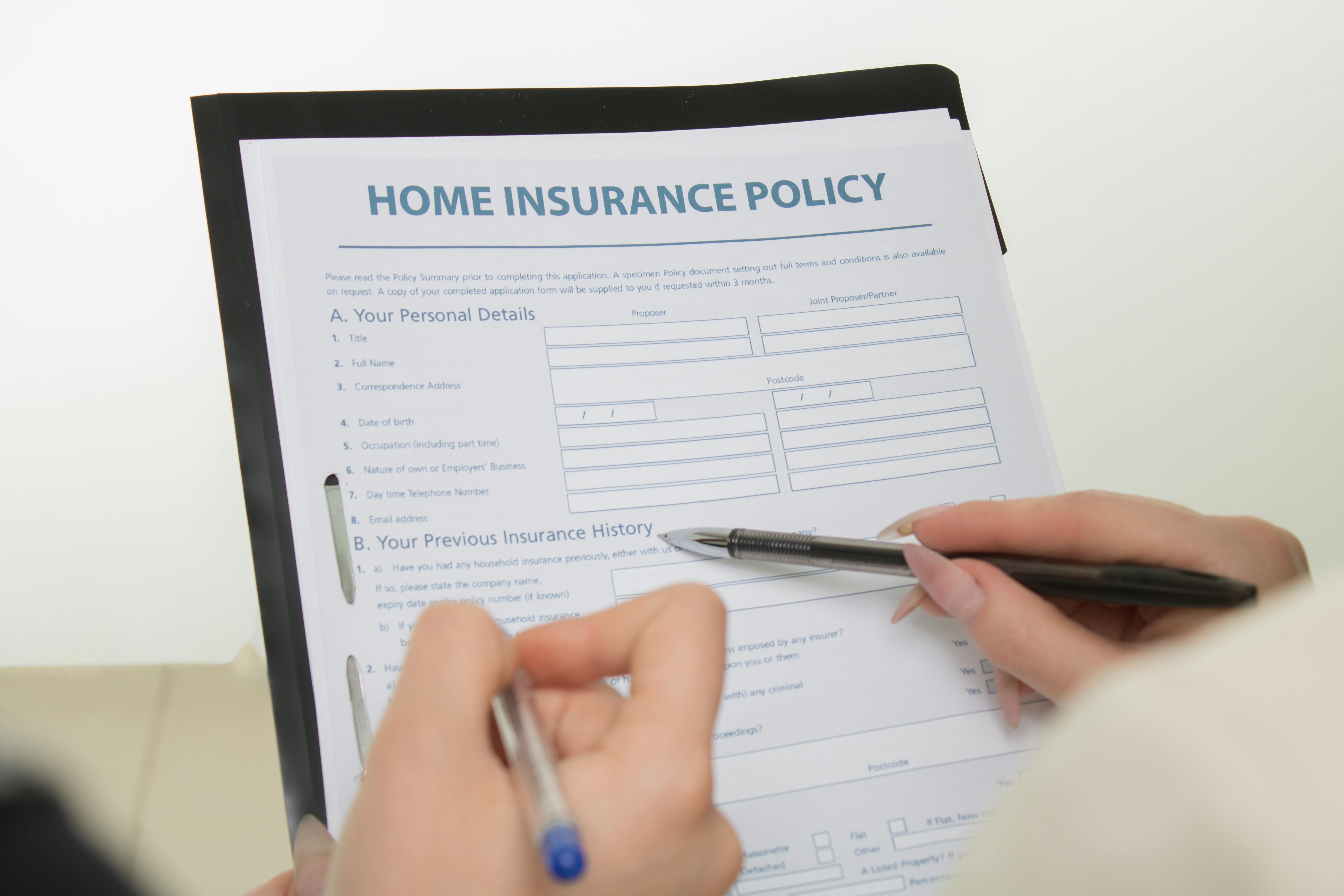What to know before buying renters insurance (and how to get better protection)

5 tips to remember before buying renters insurance
Whether you’re moving into your first apartment or downsizing to a cozier space, renters insurance is one of the most important (and affordable) financial protections you can have. For just $15–$20 a month, renters insurance can help you recover after theft, fire, water damage, or other unexpected incidents. It also covers liability costs and temporary housing if you need to relocate.
Still, many renters don’t understand how these policies work—or what they’re missing if they skip them.

Here’s everything you need to know before purchasing a policy, plus five must-know tips to make sure you’re fully covered.
- Understand what renters insurance covers—and what it doesn’t
Renters insurance is designed to protect your personal property, not the building itself. That means if there’s a fire or break-in, your landlord’s insurance won’t cover your stuff—you need your own policy for that.
A typical renters insurance policy includes:
- Personal property coverage – protects items like furniture, clothes, electronics, and more from covered perils (e.g. fire, theft, vandalism, water damage from plumbing)
- Liability protection – covers costs if you’re legally responsible for someone getting injured in your rental
- Additional living expenses (ALE) – pays for hotel, food, and other expenses if your rental is unlivable due to a covered loss
But there are important limits and exclusions. Most standard policies don’t include:
- Flood or earthquake damage (you’ll need a separate policy)
- Pest infestations like bed bugs or termites
- Business equipment or high-value items beyond certain thresholds
Be sure to check with your provider about exactly what’s covered—and what’s not. For more insight into what to avoid, this guide from Consumer Reports shares common mistakes that can lead to less-than-ideal policies.
- Take inventory of your belongings before choosing coverage
One of the biggest mistakes renters make is underestimating the value of what they own. A laptop, smartphone, TV, couch, clothes, cookware, and even books and decor can add up to thousands of dollars. You need enough coverage to replace everything.
Before getting quotes, create a home inventory:
- Walk through your space and record each item
- Include purchase price, current value, and serial numbers if available
- Take photos or videos as proof for claims
- Store everything digitally (e.g. in a Google Sheet or inventory app)
This will help you determine whether you need $10,000 or $30,000+ in personal property protection—and it’ll streamline the claims process later on.
- Compare actual cash value vs. replacement cost policies
When it comes to how your stuff is reimbursed, not all policies are the same. There are two main options:
- Actual cash value (ACV): reimburses the depreciated value of your items. For example, if your 3-year-old TV originally cost $500, you might only get $200 after depreciation.
- Replacement cost coverage (RCC): reimburses the full price to replace your items at current market rates—regardless of their age.
RCC policies are more expensive, but the extra cost is usually worth it. Imagine replacing all your clothes or electronics at once—it’s better to be covered at today’s prices.
- Check your liability and loss-of-use coverage limits
Liability and ALE coverage are often overlooked by renters—but they’re just as critical as personal property protection.
- Liability: If someone slips and falls in your unit, or your dog damages a neighbor’s property, you could be on the hook for medical bills or legal costs. Most policies cover up to $100,000, but you can increase that for a small fee.
- Loss of use: If your rental is damaged and you can’t stay there, ALE coverage kicks in. This typically includes hotel stays, meals, and transportation—but it’s capped at a certain dollar amount or time period.

Make sure these limits reflect your lifestyle and local cost of living. If you live in an expensive city, you may want to increase your ALE limit to ensure hotel costs are covered.
If you’re unsure how to evaluate the risks, this Bankrate guide can help you understand different policy types and what to look for—even if you’re not a homeowner.
- Don’t forget about policy exclusions and additional riders
Most renters insurance policies are “named peril” policies—meaning they only cover specific events listed in the contract. That means damage from things like:
- Floods
- Earthquakes
- Hurricanes
- Mold
- Negligence
...may not be included. You can typically purchase add-ons (riders) for these, or seek separate specialty policies. You can also add riders for high-value items like:
- Fine jewelry
- Antiques
- High-end tech equipment
- Musical instruments
If you’re not sure whether to expand your policy, speak to your insurer and ask about common events in your zip code. You don’t want to be caught off guard.
Need a real-world example of why this matters? This article by AP News shares how renters insurance protected families displaced by disasters—and how skipping it can derail your finances long-term.
Bonus tip: bundling your renters and auto insurance can save money
Many insurance providers offer discounts if you purchase more than one type of policy from them. Bundling renters and auto insurance could save you up to 10–20% on your premiums.
It’s also convenient: one account, one bill, and often one claims process if something affects both your vehicle and your home (e.g. a break-in affecting both your garage and your apartment).
What Cosign offers renters (it's not insurance, but it matters)

At Cosign, we’re not an insurance company—and we don’t sell insurance. What we do is remove barriers that keep renters from getting approved for housing.
Too many responsible renters get rejected just because of thin credit files, limited rental history, or nontraditional incomes. That’s why Cosign partners with landlords to provide lease coverage—helping renters get approved without a co-signer, and giving property managers peace of mind.
Here’s how it works:
- You apply with Cosign when a landlord requires a co-signer or additional security
- We evaluate your profile—based on real ability to pay, not just credit score
- If approved, we back your lease, so you can move in faster
- If something goes wrong, we cover the rent for the landlord and work directly with you to resolve the balance
Unlike traditional guarantors, we’re fast, digital, and focused on giving renters a fair shot. It’s not just about approval—it’s about access.
Want to learn more? Visit our renter page to see how Cosign can help you sign your next lease—no co-signer needed.
.avif)
.avif)

Let’s boost your occupancy rates















